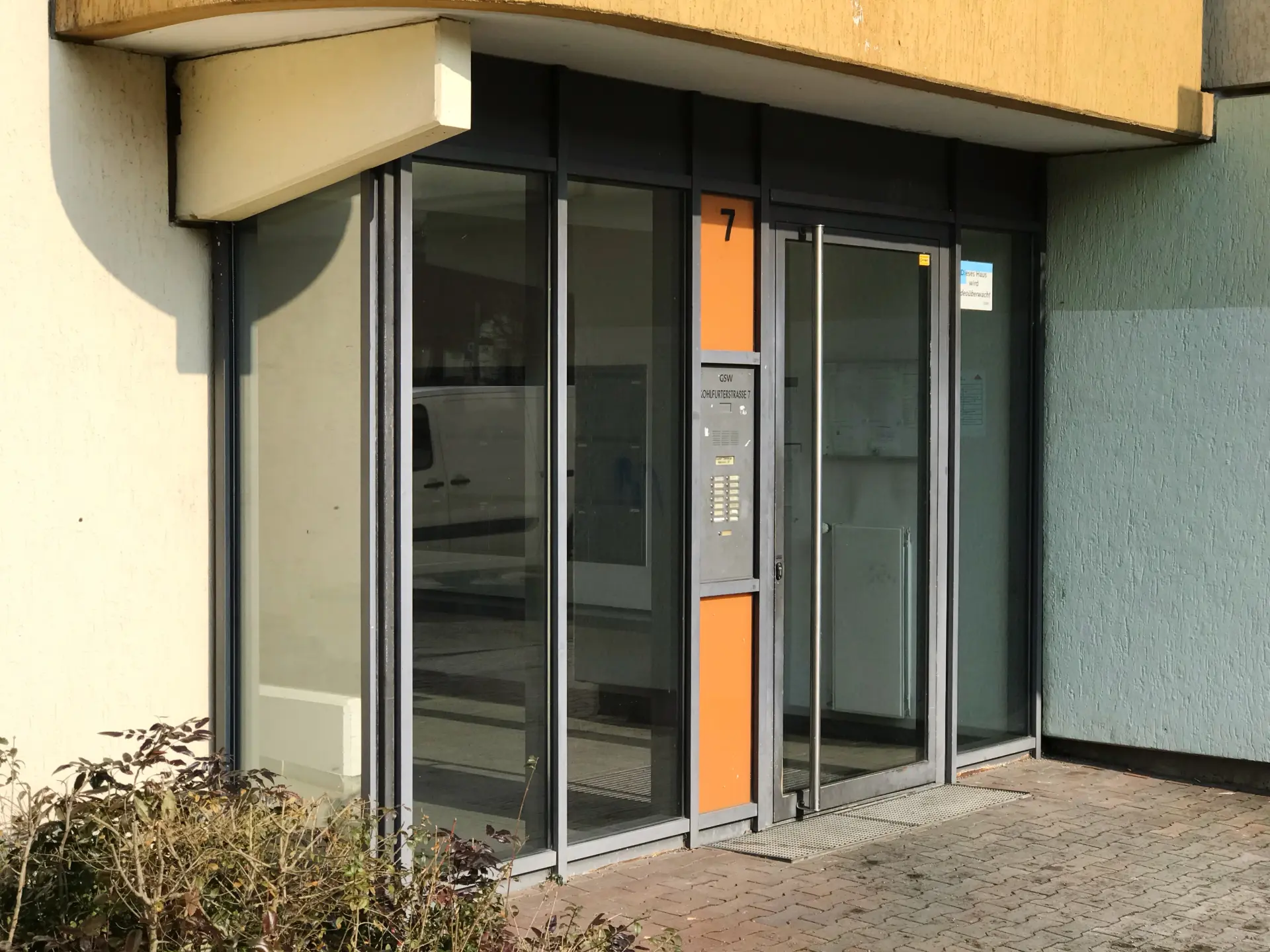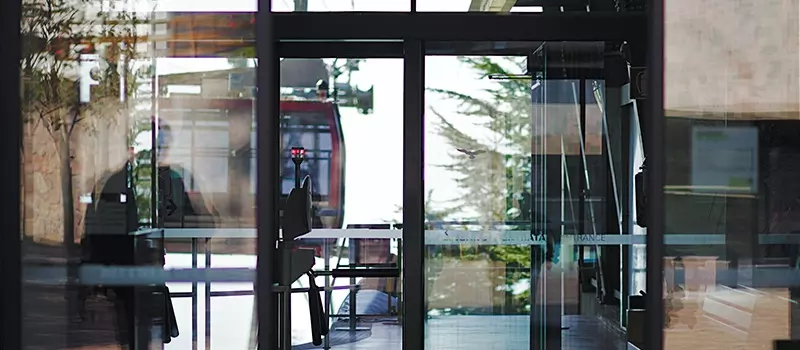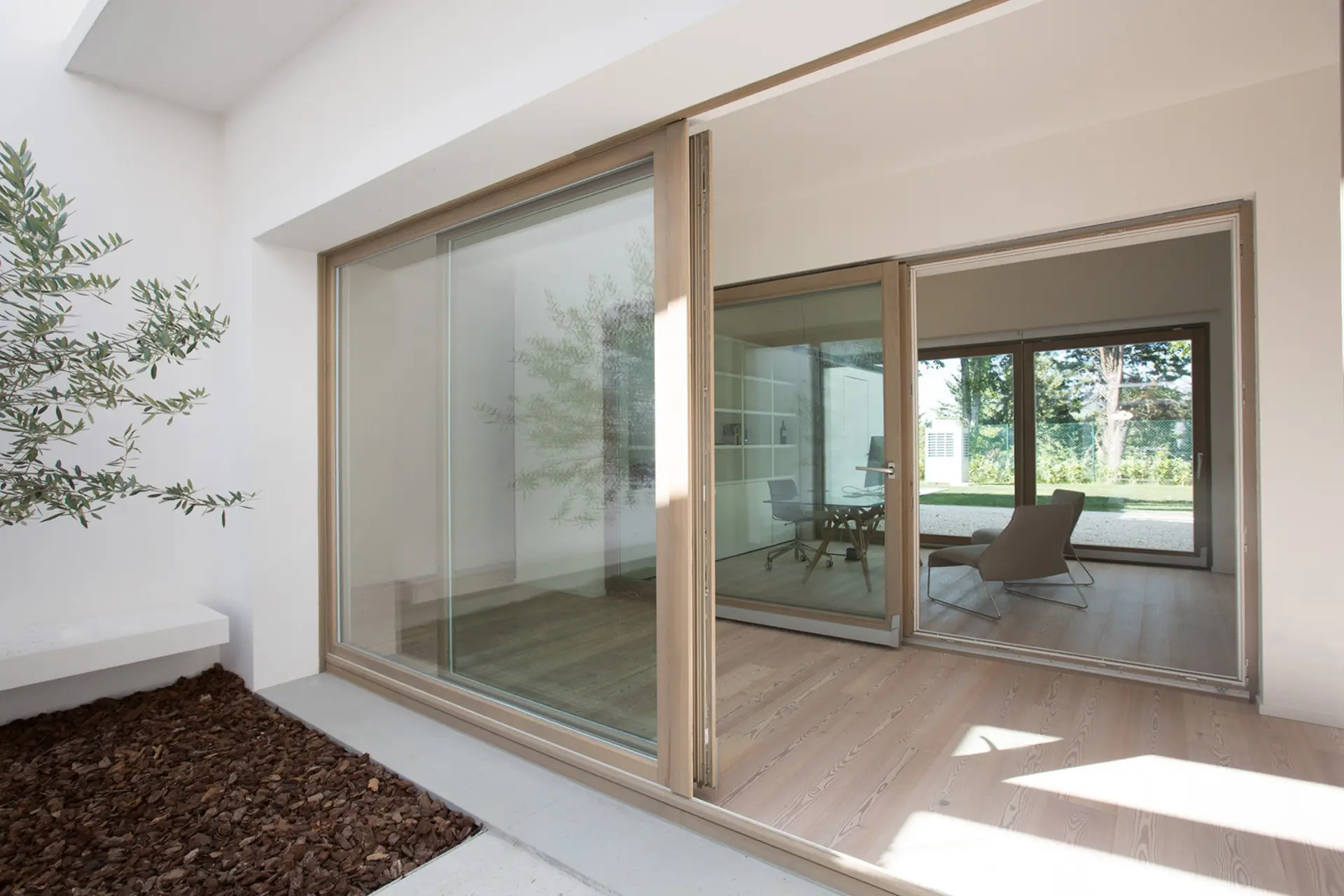Discover how automatic doors improve disabled access by providing easier, safer entry solutions for wheelchair users, ensuring compliance and inclusivity.
Easier Entry for Wheelchair Users
Automatic doors operate using sensors or push buttons, making them easier for disabled people to use. For individuals with physical disabilities, especially those who use wheelchairs, standard doors can be hard or even impossible to use without support. Automatic doors remove this difficulty by opening automatically once a person gets within the sensor's range or activates the button, making it much easier to enter and exit buildings.
Automatic doors are also wider than many manual doors and provide enough space for wheelchairs, walking frames or mobility scooters to pass through safely without getting stuck. In busy public places such as shops, offices, hospitals and schools, automatic doors can help reduce congestion at entrances.
For disabled users, this means less waiting and more equal access. Automatic doors also prevent doors from slamming shut or opening too quickly, which could become a hazard for slower-moving individuals.
Automatic doors make buildings more accessible, inclusive and user-friendly. They help remove physical barriers for disabled users, particularly those in wheelchairs, and support safer, more comfortable movement in and out of buildings. By installing automatic doors, businesses and public services show their commitment to accessibility.
Reduces Barriers in Everyday Environments
Automatic doors make spaces more accessible and welcoming by removing common obstacles. Standard doors can be hard to open, especially for those with limited strength and mobility difficulties, or those who use wheelchairs, walking frames or mobility scooters.
Heavy doors or tight entrances can be frustrating and may take away a person’s independence. Automatic doors remove this issue by opening on their own when someone approaches or presses a button that is easy to reach.
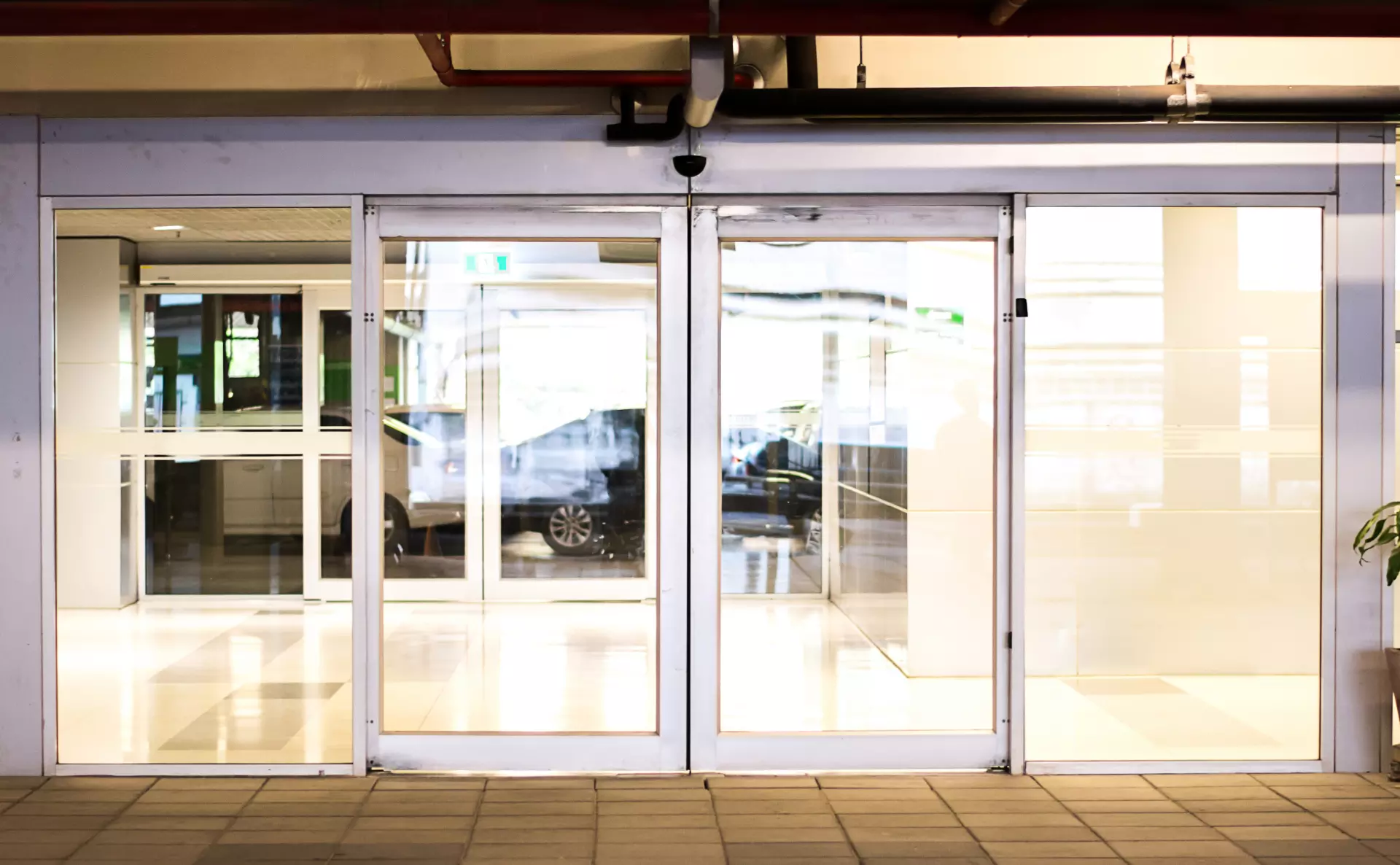
Additionally, automatic doors also provide enough space for wheelchair users to pass through comfortably, as many are designed to open wide and provide enough space for people using different mobility aids.
This reduces the risk of getting stuck or injured when trying to enter or exit a building. Automatic doors also help people with other disabilities, such as visual impairments, as automatic doors remove the need to search for handles or guess the direction of door swings.
In busy environments, automatic doors help control the flow of people, which reduces crowding and allows disabled users to move at their own pace. This creates a more equal and stress-free experience for everyone.
By removing the physical need to open doors, these systems make public spaces more accessible, safer and more inclusive to use. Using automatic doors shows that a business or service provider is committed to equality and meeting the needs of all users.
Helps Meet Legal Accessibility Standards
Fitting automatic doors is a key way to meet legal accessibility standards in the UK. The Equality Act 2010 states that businesses and service providers must make sure disabled people are not treated unfairly when using goods, services, or buildings. This includes removing physical barriers that could stop someone from entering, exiting or moving around a building safely.
Manual doors can be too narrow, or require awkward handling to open and close. Automatic doors reduce or remove these barriers by opening automatically when someone approaches or activates a clearly placed button. This simple function allows disabled users to enter and exit buildings with ease, comfort, and independence.
Building regulations in the UK also highlight the need for accessible entrances to public and commercial buildings. Automatic doors can help property owners and managers comply with these rules by ensuring entry points are wide enough and easy to use.
Automatic doors help create a friendly and accessible space for everyone, including disabled people, older adults, and families with pushchairs. By making it easier to enter and exit buildings, businesses and organisations can welcome more people and show they support inclusion. Automatic doors aren't just about convenience; they're a key part of meeting accessibility standards and supporting daily access for disabled users.
Safer Access in Busy or Public Areas
Automatic doors offer a safer and more efficient way for people to move through busy or public spaces. In places like hospitals, shops, schools, transport areas, and office buildings, managing foot traffic is important.
For disabled users, these environments can often feel overwhelming, especially if doorways are narrow, heavy, or slow to use. Automatic doors help solve this issue by making these areas easier to access.
One of the main safety benefits of automatic doors is the reduction of the physical effort needed to open them. For people using wheelchairs, walking frames, or mobility scooters, opening a manual door can be difficult and sometimes dangerous. However, automatic doors open on their own, either with motion sensors or push buttons, allowing users to pass through without struggling or needing help.
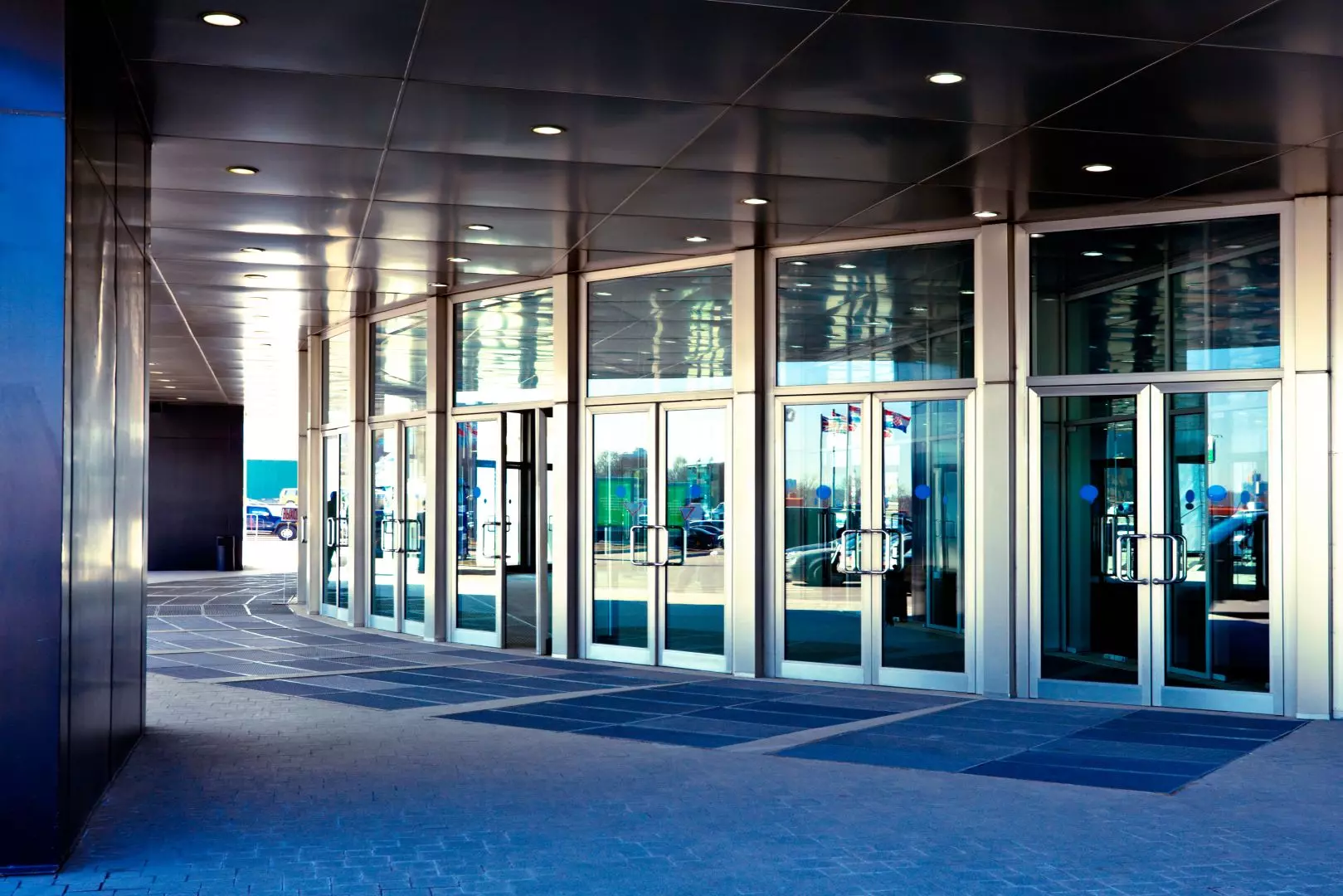
In crowded places, automatic doors help manage the flow of people by opening and closing at the right time. This prevents doors from being left open or swinging shut on someone - it also helps reduce the risk of accidents, such as people being knocked over or wheelchairs getting stuck in narrow spaces.
Automatic doors are designed to open wide and stay open long enough for people to pass through safely.
Automatic doors also help in emergency situations, such as evacuations, by allowing people to exit the building quicker and more easily.
In short, automatic doors help prevent injuries, reduce stress, and allow disabled users to move more independently, making busy environments more inclusive and user-friendly for everyone.
We can install automatic doors that are designed for disabled users and easy access. Our doors include step-free thresholds, safety sensors, and visual and audible alerts. We aim to install automatic doors that make accessibility simple and easy for everyone.

